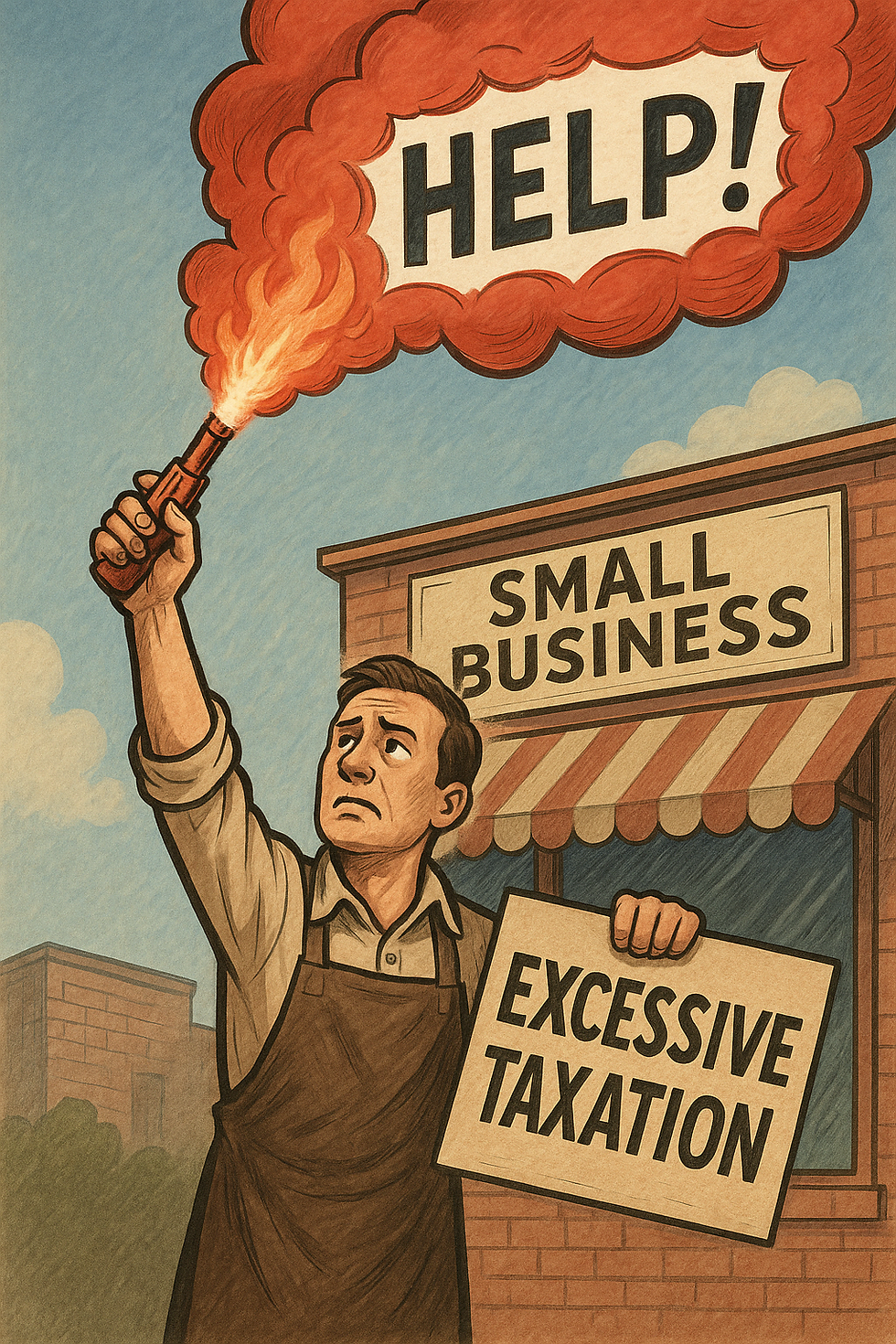Boise, Billings and Spokane: Three approaches, three outcomes
- Madilynne Clark

- Jun 11, 2024
- 3 min read
Updated: Jun 18, 2024
Where should you live in the Mountain States? The question seems to be on the country’s mind as it has been the fastest growing region over the last five years. Cities like Boise, Billings, and Spokane have drawn crowds of new residents. But of those three cities, certain trends are making the locations easy to rank for desirability.
Former mayor of Nashville Tim Prucell said, “There’s no Democratic or Republican way to fill a pothole or sweep the streets.” But as a quick look at the data suggests, there is good a way and bad way. For example, if you are in favor of low taxes, higher incomes, and moderate government spending then Boise and Billings are an ideal option. High property costs, high taxes, high density, and high property crime are making Spokane less than desirable.
Just look at the data from Mountain States Policy Center’s latest research report. The three cities highlighted in this report, Billings, Boise, and Spokane are as similar as they are different. The cities are large and growing, with tight housing supplies, surrounded by multiple other towns in their metropolitan statistical areas. However, when it comes to the budget and roles these similar cities differ by hundreds of millions of dollars.
It is worth noting many of the similarities. These are similar-sized municipalities between 100,000 to 240,000 residents, residing in a larger metropolitan area within historically rural regions, with similar age, race, and household demographics. But there the similarities end.
The three cities vary in income differences, housing costs, poverty, crime, city budgets, finances, and most importantly taxes. The differences between the cities are growing, all because of local and state government choices.
Billings’ quiet location in Yellowstone Valley appeals to many new residents, with most residents having relocated between 2015 to 2016, and a population increase of 12% since 2012. Billings is the smallest population of the three cities and the lowest density. The median household income is $77,711 and housing costs are the lowest. Unsurprisingly, with higher incomes and lower property costs, poverty rates are the lowest of the three cities. The only thing detracting from Billings is the high rate of violent crime, attributed to gang and drug violence.
Boise is the leader in many ways, with the highest populations and highest incomes. However, the population growth has led to a significant upturn in housing costs and so the higher incomes must stretch to live in the Treasure Valley. Boise’s second highest poverty rate of the three cities reflects these higher costs. However, crime is the lowest in this region.
Spokane is home to over 230,000 residents, a similar size to Boise. The city has the lowest median income and a significantly lower household income at $62,287. The average Spokane resident then must compete for a high property cost, that outpaces the area’s income, and poverty rates and property crime are high.
Despite being similar in size, Boise and Spokane are a stark contrast in the proper role of government in delivering local services. Both Spokane and Boise employ approximately 2,000 positions, but the budgets differ by almost a hundred million dollars.
The spending difference between Boise and Spokane over the last forty years averaged $1,200 per capita. All three cities were funded mostly by their own revenue through taxes and business activities. However, Spokane has a higher reliance on state and federal funding, in comparison to Boise and Billings. A closer look at the city taxes per capita, shows that keeping with the trend, Spokane has had the highest taxes per capita for the last 15 years.
The influx of new residents in the last five years into the mountain states, reiterates the message that the regions around Boise, Billings, and Spokane are desirable. However, data show that regions with smaller governments are much more likeable than cities expanding financial obligations. Spokane has experienced this painful reality over the last 5 years, as its growth stagnates and doesn’t meet expectations but the neighboring city limits of Liberty Lake and Spokane Valley skyrocket in growth.
Billings and Boise seem to recognize that smaller government is appealing and have kept their spending per capita more manageable. The differences between Boise, Billings, and Spokane are likely to become more pronounced if the trends of government growth continue in Spokane.








Comments